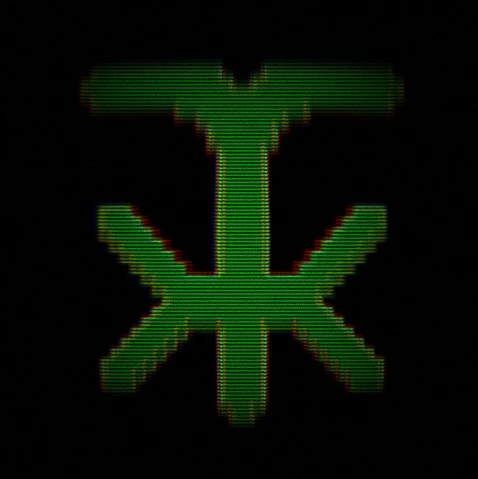Since laser printers all encode metadata into the printed image, and handwriting is unique to the writer, I was wondering if a typewriter would provide a more anonymous form of paper communication.
I expect it would be possible to determine the model of typewriter, but would it be possible to tell if two samples were made on the very same machine? Are electric typewriters better or worse than manual? (assuming the same operator) What about Selectric or Wheelwriter – would frequently swapping out the typing element help?
Iirc typewriters have fairly unique typing patterns based on slight defects in each key. Some letters end up closer to others in a way that makes it possible to tell two papers were typed on the same machine. I don’t know a whole lot about it but that’s my two cents.
Beyond what other people have said here, typewriters are very physical machines and the parts wear uniquely at an individual level. Used to be a favourite of crime writers
That’s why all my letters are in mAGazINe lETteR cUTouT tyPE.
The hard part about writing untraceably on typewriters is that they’re relatively rare these days. When everyone used them, it didn’t matter too much if people could tell you used a Remington Quiet-Riter because tons of people had a common model like that. Nowadays, just being able to use a typewriter effectively either (a) means you’re old enough to have used one or (b) typewriters/vintage stuff is an interest of yours – or now, maybe just someone interested in anonymity enough to learn. If someone could tell what model of machine you typed it on, that would narrow it down further, and (depending on what the inquiry is about) that may be good enough info for their purposes, given the rarity of using typewriters today.
- IBM Selectrics are by far the most common type ball machines and the balls were not interchangeable among brands, so someone would be able to tell pretty easily. Some fonts are rarer than others.
- Daisywheel machines had a few more manufacturers in addition to IBM. I think there are still aftermarket daisywheels that can complicate identifying exactly what model/brand of machine typed a letter.
- Typebar machines were made by tons and tons of manufacturers in the 19th and 20th centuries. Each manufacturer had a book of typefaces it offered, though they changed from year to year, and the differences among similar typefaces between manufacturers were sometimes very minimal.
Since these machines are electromechanical, rather than digital, it would be quite difficult to encode identifying information into the type. Other considerations: tracing the purchase of the typewriter, ribbons, and possibly repair/cleaning services to get it working.
Just clip a bunch of letters from magazines and glue them on a piece of paper like all psychopaths do. Sheesh. It’s not that hard.
/s
Typewriters have a unique wear pattern on each letter, so it’s definitely possible to find if the same typewriter was used for two sets of output.
Other random information:
https://github.com/Natounet/YellowDotDecode
Also, be aware that modern printers are rumored to embed some other type of information in some other way, now that people are hip to the yellow dots. It seems like it shouldn’t be super-challenging to figure out the new details, but for some reason I’m not aware of anyone having figured it out.
Seems like you could get rid of the dots with your metadata by making a photocopy on a black and white printer.
Yes, you can tell which specific typewriter was used to type something so long as there is either a slight defect (for lack of a better term) if two letters are closer to/further from each other or a letter is a little higher/lower than it normally is.
PLUS, because different people hit the keys with different amounts of force, each machine wears out at different rates and so the keys wear out at different speeds, so there’ll be different wear patterns to the keys.
Hmm, what sort of crimes could I do with an old Okidata dot-matrix printer?
The talented Mr Ripley got away with murder because the type writer he used was traceable.
You can use an inkjet printer. They don’t have that secret yellow dot metadata.
I strongly suspect that they do. I don’t know for sure, but it would seem like such a silly oversight for inkjets to be omitted now that they have quality that rivals or exceeds laserjet printers.
My inkjet did. Drove me nuts on photos


